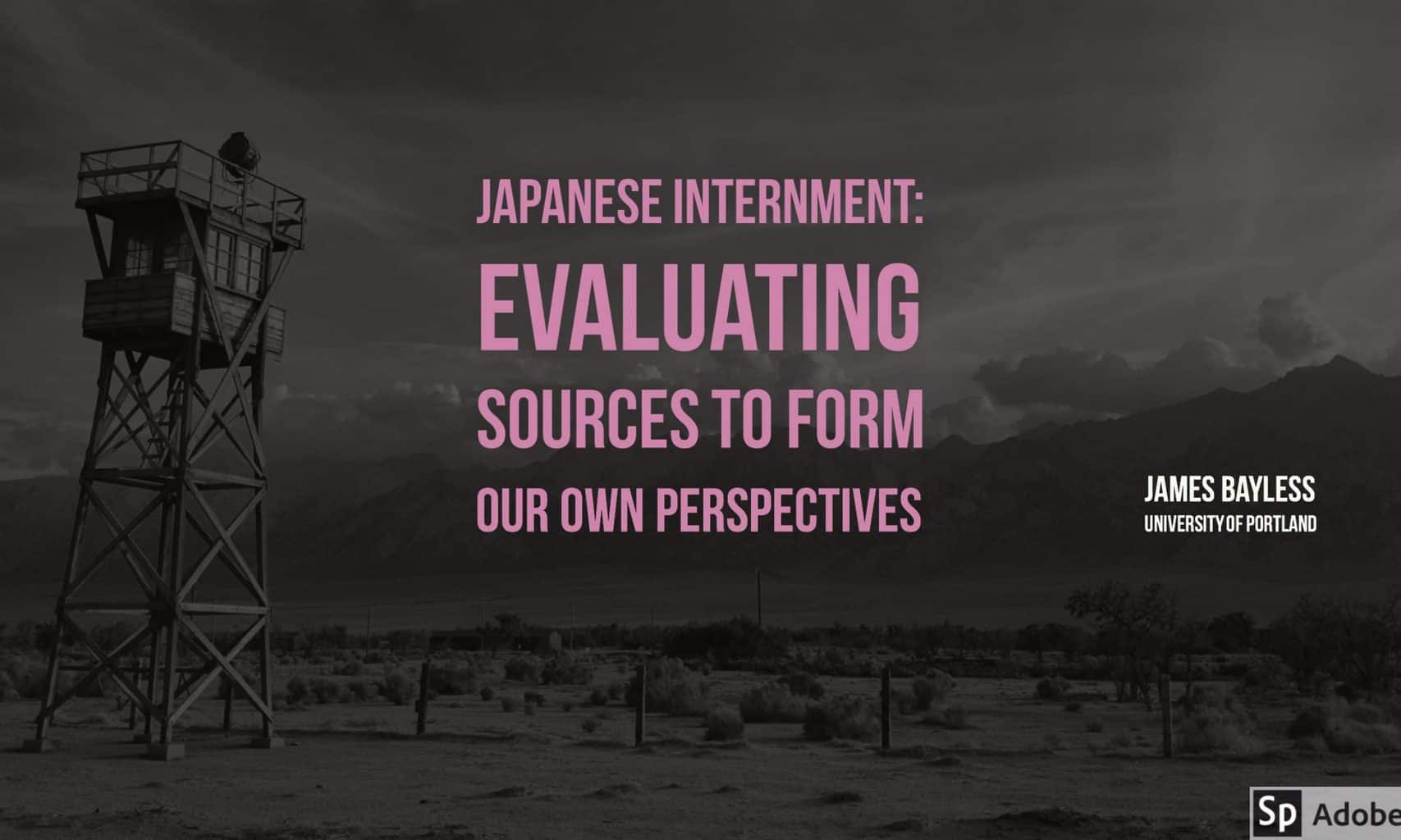Recently I learned that my 11th grade U.S. History students were extended the opportunity to attend the Broadway hit show “Hamilton,” a play that fuses contemporary hip hop with text based interpretations of historical figures. This content is pure gold for history teachers that are hungry for ways to encourage student engagement. The program includes provided curriculum with specific instructions to deter from the proposed curriculum when necessary for the specific dynamics of my classroom. Below you will find a rundown of how my lesson materialized, with standard aligned lesson plan available here.
The essential question for this lesson is:
How was Alexander Hamilton’s perspective significant to the American Revolution and Early American policy decisions?
The central focus of this lesson contributes to the central focus of the entire unit by providing sourcing, contextual,, close reading, and corroborating evidence to consider when interpreting Alexander Hamilton’s significance in the American Revolution.
State/district standards
HS.60. Analyze an event, issue, problem, or phenomenon from varied or opposing perspectives or points of view.
Students exhibit this standard through demonstrating the four historical thinking skills.
Objective(s)
SWBAT Examine the events of Alexander Hamilton’s life in relation to the American Revolution.
SWBAT Interpret the debate surrounding the American Revolution by Sourcing, Contextualizing, Close reading, and Corroborating two opposing speeches by Samuel Seabury and Alexander Hamilton.
SWBAT Identify Alexander Hamilton’s role in the debate surrounding the American Revolution.
Chronologically, the lesson played out like this:
- Split students into random small groups, and instruct each small group to research and define their vocabulary word on the whiteboard. The vocabulary I chose to include are: Merchant, Colony, Militia, Federalist, Ratification, Treasury, Manumission
- Displayed an introductory video provided by the cast of the Broadway show “Hamilton” and describe the nature of the nature of the student’s opportunity to attend this show.
- Instructed students to navigate through the Gilder Lehrman digital exhibition by “popcorn” reading in small groups while the instructor circulates among small groups to clarify and facilitate the activity.
- Asked a member from each group to share the most interesting piece of information they learned from this activity.
- Prompted students to read an excerpt from Samuel Seabury’s speech against Hamilton’s support of a revolution and highlighting the text using the website, “Prism”.
- Prompted students to read an excerpt from Alexander Hamilton’s speech against Hamilton’s support of a revolution and highlighting the text using the website, “Prism”.
- Review the results of this activity with student’s recorded results from the text marking activity and discuss how this activity is essentially “close reading.”
- Prompt students to collaboratively research and answer the “sourcing, contextualizing, and corroboration” portions of our historical thinking skills worksheet.
- Discuss the results of the “text marking” activity and transfer these results to the “close reading” portion of the worksheet.
Below I have embedded the “Digital Exhibition” provided by Gilder Lehrman.










